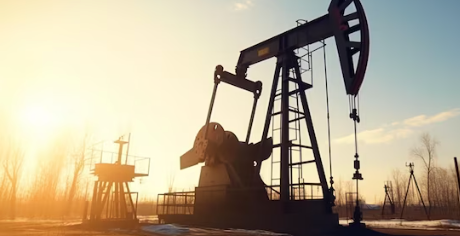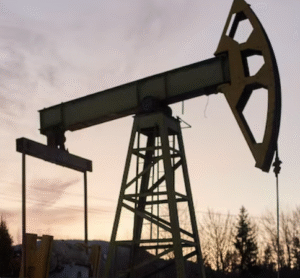$TSLA $GOOGL $BTC
#ArtificialIntelligence #AI #Energy #NaturalGas #DataCenters #Crypto #TechRevolution #RenewableEnergy #AIInfrastructure #ElectricityDemand #BigTech #EnergyTransition
Can Natural Gas Power Pennsylvania’s AI Boom?
Artificial Intelligence (AI) has transformed from being a mere tech buzzword into a critical force reshaping industries globally, with increased integration across various sectors. From entertainment companies like Netflix using AI to offer tailored streaming recommendations, to more than half of global enterprises adopting it in at least one part of their business operations, AI has become indispensable. In the U.S. alone, around 50% of organizations are actively incorporating AI into their workflows. As AI continues to scale, its demands on energy infrastructure are becoming more apparent, with data centers—the backbone of this AI-driven world—requiring substantial power to fuel their growing operations. These centers operate tirelessly, driving not only AI, but also other energy-intensive sectors like cryptocurrency ($BTC), which has garnered attention for its significant carbon footprint.
The expanding AI ecosystem means that data centers across the U.S. are popping up rapidly, and Pennsylvania’s burgeoning AI sector is no exception. This growth presents a substantial question: What energy source will satisfy this rising demand without straining the state’s power grid or exceeding environmental thresholds? One key candidate is natural gas, which Pennsylvania has in abundance, thanks to its rich Marcellus Shale reserves. With its ability to generate electricity more reliably and at a lower cost than some renewable energy options, natural gas could play a pivotal role in powering the state’s AI infrastructure. The boom in AI and data centers could thus create new demand for energy producers operating in the region, potentially affecting stock prices for companies in the energy industry.
However, Pennsylvania faces challenges with balancing the economic benefits of natural gas with environmental concerns. The state, rich in natural resources, has already seen fracking-related controversies, raising questions of sustainability. Advocates of renewable energy argue that the rise of AI presents an opportunity to invest more in solar, wind, and other greener technologies. Nevertheless, natural gas currently plays a more immediate, scalable, and economically viable solution. If the state can navigate environmental obstacles through industry regulations, carbon capture technologies, or methane reduction strategies, this could sustain the natural gas sector for years to come. The shift might pressure the state government to accelerate energy transition policies, impacting corporate investments and regional development.
For investors, the AI boom portrays both opportunities and risks. Companies providing critical AI infrastructure may thrive, from $GOOGL, which benefits from increased data processing, to $TSLA, focusing on AI-driven autonomous vehicles that are advancing rapidly. Furthermore, the increasing energy demands may lead to rising costs for tech companies depending on the region’s evolving energy landscape. Pennsylvanian natural gas producers, along with other impactful players in the energy and AI supply chain, might experience stock price volatility as the AI market continues to accelerate its global domination while demanding massive energy resources. This intersection of AI, natural gas, and sustainable energy is shaping up to be one of the most crucial conversations for both Wall Street and policymakers.











Comments are closed.